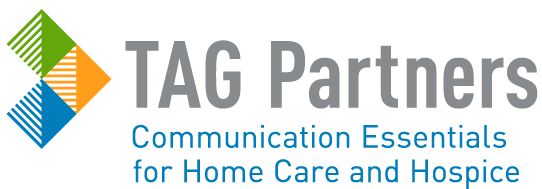Stroke awareness is the best protection against having one. Strokes occur when blood flow to an area of the brain is disrupted. The lack of oxygenated blood causes brain cells to die. The longer blood flow is interrupted the more brain damage is likely to occur.
A person should seek immediate medical attention if signs of a stroke are present. Here is an easy way to remember the signs:
F – Facial Drooping
A – Arm Weakness
S – Speech Difficulty
T – Time is of the essence - call 911
The good news is that many strokes can be prevented by a healthy lifestyle. Start with a diet that is low in sodium and heavy on fruits, vegetables, whole grains, nuts, low fat dairy, and lean meats. Follow that with moderate daily exercise, stress reducing activities, keep alcohol usage in check, and no smoking. Now you are on board the stroke prevention train.
Controlling other medical conditions can also help prevent a stroke. By far the highest risk factor for stroke is high blood pressure. Other conditions such as heart disease, high cholesterol, sleep apnea, and diabetes can also increase the risk. These are conditions that home health nurses routinely monitor. In fact, many home health agencies use telemonitoring systems to monitor their patients 24 hours a day. Telemonitoring enables clinicians to monitor specific functions like sleep patterns, oxygen levels, and blood pressure as often as needed.
High blood pressure contributes not only directly to having a stroke, but indirectly, as it also contributes to other conditions that can lead to a stroke such as cardiovascular disease and diabetes. A blood pressure of 120 systolic and 80 diastolic is considered ideal. Below that is low and above that is elevated. A blood pressure of 140 systolic and 90 diastolic and above is too high.
Strokes can be treated effectively if medications are administered quickly. The key to stroke recovery is getting to the hospital right away. Calling 911 for a stroke means treatment can begin on the way to the hospital. EMS will take you to the nearest specialized stroke center to ensure a quick neurological diagnosis and proper treatment.
Once released from the hospital stroke survivors usually need rehabilitation to recover. Choosing home health for that rehabilitation offers the comfort and support of being home with family while receiving quality physical, occupational, and speech therapies.
Promote your agency’s stroke rehabilitation services to neurologists, clinicians, and treatment centers in your service area by providing patient information brochures. Visit TAGWebStore.com for home health stroke rehabilitation information and other condition specific print media.


